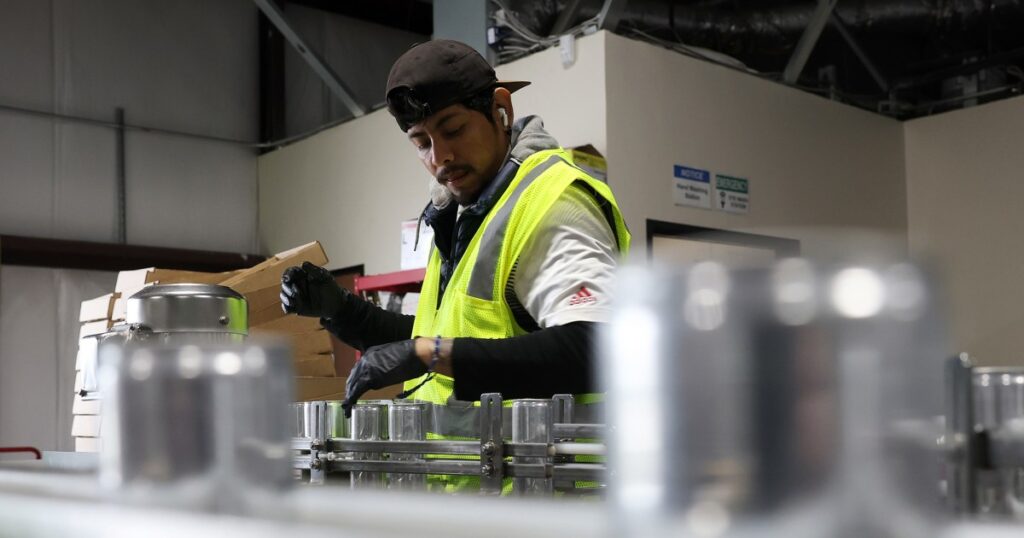There are growing signs of wobbling in a labor market that has held steady even as it cools, and analysts are already looking ahead to the next tranche of data.
“The would-be stillness of this report is not a good indication of what might be still to come,” Bankrate Senior Economic Analyst Mark Hamrick said in a statement about the Friday jobs report. “In the wake of the tariffs decision, there’s been an earthquake, and we await the arrival of the economic equivalent of the tsunami waves coming ashore.”
The slight rise in unemployment last month likely reflects people heading back into the workforce in search of jobs. The labor force participation rate ticked up slightly as well, to 62.5%. But the March numbers also showed average hourly wage growth slowed, and temporary layoffs eased while permanent job losses inched higher.
Private-sector hiring continued to chug along, according to figures released this week by payroll processor ADP. But they, too, showed a slowdown in pay growth, with the average raises earned by people changing jobs hitting a low not seen since September. And a separate BLS release this week found that while layoffs have remained subdued, so has hiring.
“Next month is when hard data is likely to start showing signs of what soft data has already been signalling,” Seema Shah, chief global strategist at Principal Asset Management, wrote in a note to clients Friday morning.
Data published Thursday by the jobs and career consultancy Challenger, Gray & Christmas singled out Elon Musk’s Department of Government Efficiency as responsible for over 216,000 announced reductions in the federal workforce in March.
“The market needed today’s number,” Shah wrote. “Everyone knows that economic weakness is coming, but at least we can be reassured that the labor market was robust coming into this policy-driven shock.”


